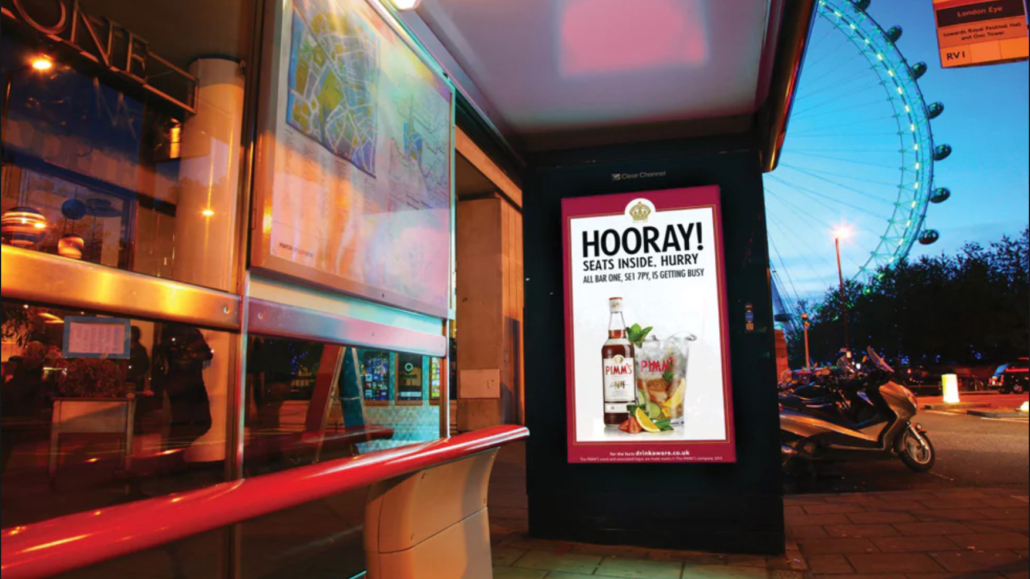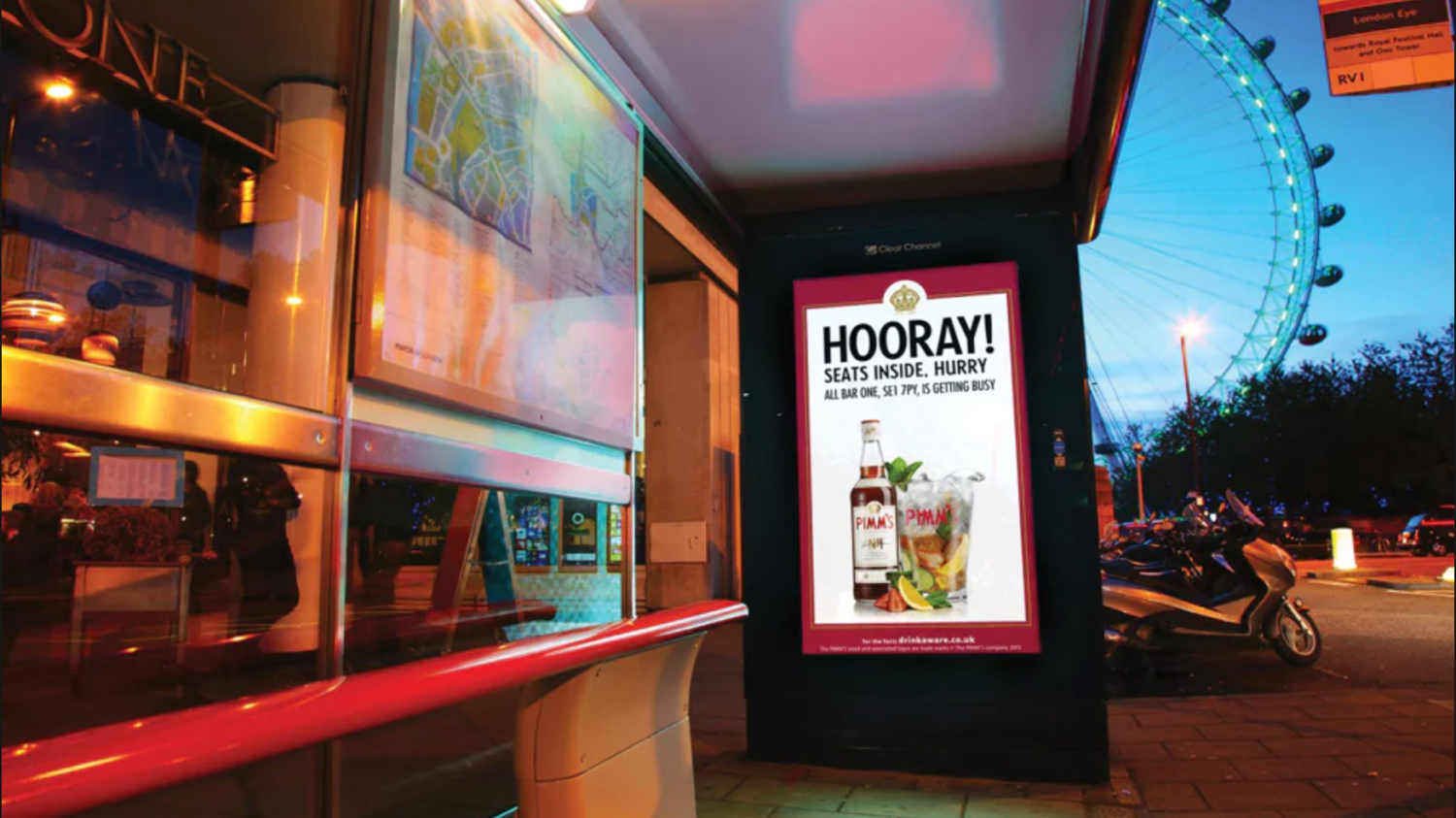The Beginner’s Guide to Programmatic Out of Home

05/09/2018
Category not found
“Not If But When”
The term ‘programmatic advertising’ has become increasingly popular within media circles. It has regularly been cited as the saving grace of an industry which is becoming more fragmented and intrusive than ever.
In reality, programmatic advertising refers to the automated buying and selling of advertising space using real-time data. This enables brands to create sophisticated advertisements which target specific demographics by utilising variables such as location, weather, traffic and local events.
Whereas other media markets such as mobile, TV and radio have rapidly begun to adopt this approach to media buying, OOH remains largely inert. The OOH industry relies on a complex network of specialist intermediaries which broke and coordinate media planning across a range of different outdoor formats for a multitude of different brands, making the transition to a programmatic approach seemingly demanding and complex.
Although such challenges are present, programmatic advertising has been described as one of the biggest media innovations in decades, and its transition to out of home ultimately becomes a question of “not if, but when”.

What is programmatic advertising?
As previously mentioned, programmatic advertising is the computerised buying and selling of media space in real-time.
Ad inventory would be divided up into time-contingent clusters and stored on a Data Management Platform [DMP], subsequently, media buyers would be able to bid on these slots with the highest bidder being awarded the media space. The DMP would also store information about consumer buying habits, so a brand would be able to align their bids with a demographic’s behaviour.
Effectively, the DMP enacts as a transparent intermediary between the media owner [supply] and the agency/brand [demand] in order to facilitate real-time pricing and purchasing.
Advantages of a programmatic OOH industry?
If programmatic advertising was applied to OOH, the three greatest advantages would be:
1) A Levelled Playing Field:
The prominent inhibitor to the move towards programmatic OOH is the lack of collaboration existing within the industry. For automated transactions to take effect it would require the numerous parties currently involved in out of home planning to uphold a standardised buying approach.
An automated approach gives equal opportunity to small businesses as it does to multi-national brands and agencies. The times where agencies could strain clients and negotiate bulk discounts with specific media owners would be significantly minimised as scale and size is not a variable in the purchasing framework. Virtually any brand or agency would have access to the DMP and able to bid for ad space.
It is undeniable, however, that the challenge remains to convince an industry which is predominantly regulated by a small minority, to adopt a buying approach that promotes change and competition.
2) Greater Return on Investment
One of the major advantages of the programmatic methodology is that it facilitates the purchasing of impression based campaigns as opposed to blanket buying media space over a fixed term.
In turn, a greater return on investment is achieved because the advert would reach a higher proportion of consumers who fit a brand’s demographics, making campaigns more targeted and timely than ever before.
Moreover, by utilising data such as weather and location, more compelling creative can be produced. Brands can create tailor-made humorous or informative promotions that relate to a specific location or event. In fact, 70% of marketers reported that programmatic advertising had a greater ROI in the digital online advertising market [adweek] – so it begs the question why not OOH?
3) Audience Measurement
Programmatic advertising has the ability to utilise the full potential of digital technology. When DOOH is seen as much more than a digitised display unit and its full capabilities are leveraged, huge insights into audience behaviour can be measured and implemented.
Google’s recent move to test programmatic OOH in a partnership with Grand Visual offered an important insight into the effectiveness of real-time promotional campaigns.
Liz Duff head of media and investment at Total Media stated:
“When you start to think about the opportunities this [programmatic] opens up for cross-device tracking and attribution, the proposition becomes far more interesting. Although advertisers are well aware of the effectiveness of OOH advertising, it has proved difficult to measure its exact contribution through performance models such as econometrics. With the wealth of audience and behavioural data that Google has on its audience’s cross-platform, this challenge could be overcome.”
Businesses would gain a better understanding of their target market because they would collect insights into consumer behaviours, such as purchasing patterns, brand loyalty and price sensitivity. Ultimately, the programmatic approach offers an effective way for brands to influence their demographic’s decision cycle.
